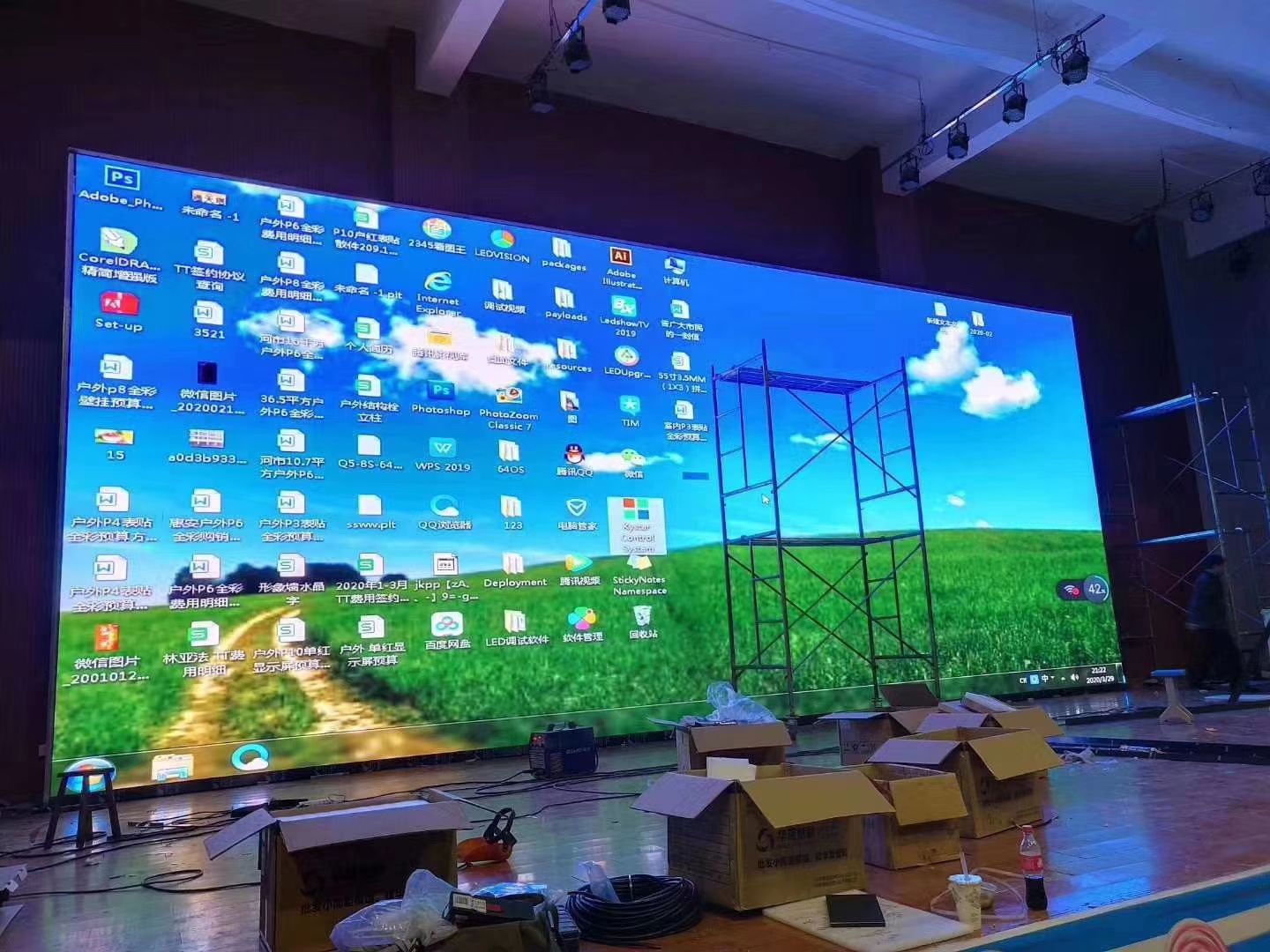Explaining Luminescent Panel Surface Brightness Metrics aiming at Ideal Screen Performance
Explaining Luminescent Panel Surface Brightness Metrics aiming at Ideal Screen Performance
Blog Article
LED wall panels have become increasingly popular across various settings, from homes to businesses as well as communal spaces. These panels tend to be recognized due to their bright and vibrant displays, which render these suitable to conveying information, advertisements, and engagement. Nevertheless, comprehending brightness illumination levels for Light Emitting Diode panel panels is essential to guaranteeing ideal visual efficacy. Brightness is measured using units known as candelas, that indicate the amount of luminosity produced by a panel. The higher the quantity in candelas, the brighter more luminous a display is. For instance, instance, one panel with 1,000 nits is significantly brighter than a featuring five hundred nits, making it better equipped in well-lit environments.
When selecting a LED wall panel, it becomes important in take into account which environment in which it will be used. In brightly lit areas, such as retail environments and open-air locations, higher increased luminosity rate is essential to ensure visibility. On the other hand, within darker environments, such as theaters or meeting spaces, lower diminished illumination rate might be adequate. This is because excessive bright unnecessary luminosity within an dim setting may lead to discomfort for viewers, making it harder to focus on the display. Therefore, understanding the particular needs for an installation location can aid in selecting the suitable brightness level for optimal viewing experience.
Another crucial element for take into account the contrast differential proportion of an Light Emitting Diode panel screen. This ratio measurement indicates the disparity exists between the brightest most luminous light versus the darkest black black that the panel is able to create. An greater differential proportion means the display can it is capable of present greater detail and richness, thereby enhances overall image quality. For example, one screen boasting a contrast ratio of ten thousand to one is able to show visuals featuring greater vivid colors and sharper features than a featuring a ratio of 1,000:1. Such becomes especially crucial when displaying images and motion graphics which require high clarity and detail, including slideshows and promotional material.
Additionally, the technology More Help technology behind LED panel screens has a crucial role in the illumination and overall efficiency. Various kinds of LED technologies, such as Organic Light Emitting Diode as well as Liquid Crystal Display, possess distinct characteristics which impact the way brightness is perceived. OLED screens often offer better differential as well as deeper shades, thereby may enhance the viewing experience within dim settings. On the other hand, traditional Light Emitting Diode panels might be better for bright spaces because of their ability for generate higher levels in illumination. Comprehending such technological variances can help consumers in making knowledgeable decisions based on their individual needs.
In conclusion, consistent maintenance and adjustment for LED panel screens can assist maintain optimal illumination and performance over time. Dirt as well as particles may accumulate in a surface, affecting its brightness and sharpness of infrastructure for led screens the visual. Periodic washing as well as professional adjustment may ensure the panel panel functions in its optimal, offering uniform visual quality. Moreover, certain advanced Light Emitting Diode panel panels feature with built-in options that allow operators to modify illumination levels as well as color settings based on individual wants. By implementing such measures, users will guarantee that LED Light Emitting Diode wall screens deliver an optimal display efficiency, regardless of the setting where which these are placed.